So You Want To Open A Medical Practice?!?!
Your Checklist To A Successful Start
Starting a medical practice requires careful planning and preparation. At InterHealth Solutions we know beginning a medical practice can be overwhelming, but we can help you succeed. Here is a business plan outline that can help guide you in starting a medical practice:
1. Executive Summary:
This section should provide a brief overview of the business, including the services provided, target market, and financial projections. Clearly articulate the values and principles that will guide your practice's approach to patient care and service. Set specific, measurable, achievable, relevant, and time-bound (SMART) goals to track progress and drive success.
2. Company Description:
This section should provide a more detailed description of the business, including the legal structure, location, and ownership. Describe the company’s founding, current stage of business, and legal structure. Highlight any past milestones, such as lining up clients or hiring healthcare providers with a proven track record. Elaborate on your unique qualifications, such as expertise in a currently underserved niche market.
3. Market Analysis:
This section should provide an analysis of the market for the services provided, including the target market, competition, and industry trends. Describe your practice's unique value proposition and competitive advantages that set you apart from other providers in the market. Outline marketing strategies, such as online and offline campaigns, community outreach, and physician referrals, to attract and retain patients. Provide a detailed marketing plan, including the channels used to reach potential customers and strategies for building brand awareness and customer loyalty.
4. Services and Products:
This section should provide a detailed description of the services and products provided by the medical practice, including pricing and billing information. An order of first importance entails the implementation of Practice Management Systems. Evaluate different EHR and practice management software options, considering factors like usability, interoperability, and compliance with regulatory standards. Train staff members on the efficient use of these systems to streamline administrative tasks and improve workflow efficiency.
5. Management and Staffing:
This section should provide information on the management structure and staffing plan, including the roles and responsibilities of each team member and any necessary training or certifications. Develop a comprehensive recruitment strategy, including advertising job openings, conducting interviews, and performing background checks. Implement ongoing training programs to ensure staff members stay updated on industry best practices and maintain high-quality care standards.
6. Financial Plan:
This section should provide financial projections for the business, including revenue, expenses, and cash flow, as well as an analysis of startup costs and funding sources. Create a detailed financial plan, including projected expenses, revenue streams, and a contingency fund for unexpected costs. Research and compare various financing options to determine the most suitable and cost-effective sources of capital for your practice.
7. Legal and Regulatory Requirements:
This section should provide an overview of the legal and regulatory requirements for starting and operating a medical practice. Determine legal and regulatory compliance through consulting with legal counsel to ensure compliance with healthcare laws, regulations, and licensing requirements specific to your specialty and jurisdiction. Develop policies and procedures that adhere to privacy regulations, such as HIPAA, to safeguard patient information.
8. Compliance and Risk Analysis:
This section should provide an analysis of the risks and challenges facing the business, including potential legal or regulatory issues, competition, and economic factors. Regularly review and update policies and procedures to align with changing regulations and industry standards. Conduct routine risk assessments to identify potential vulnerabilities and implement strategies to mitigate risks and maintain compliance.
9. Establish Relationships with Payers and Referral Sources:
Research insurance plans prevalent in your area and negotiate contracts to ensure a wide range of coverage options for patients. Develop strong referral relationships with local physicians and healthcare providers by fostering open communication and delivering exceptional patient outcomes.
10. Decide How To Handle Billing: The Lifeline of Any Successful Medical Practice
This section outlines how billing will be handled by the practice. It is vitally important to establish efficient and accurate medical billing as a critical component of a thriving medical practice. Effective billing practices contribute to financial stability, streamlined operations, and improved patient satisfaction. Staying up-to-date with billing regulations and coding guidelines ensure compliance and maximize revenue. One solution is to outsource medical billing to specialized billing service providers to allow healthcare professionals to focus on patient care while ensuring optimal reimbursement.
Conclusion:
Starting a medical practice requires significant planning, research, and financial resources. By following this business plan outline, you can develop a comprehensive strategy to help ensure the success of your medical practice. At InterHealth Solutions, we have decades of expertise in helping get medical practices started and sustainable in the shortest time possible. For a FREE consultation, call us at (888) 414-5120.




